This is why you should not send audio and video files via WhatsApp
“Can I send our songs for mastering via WhatsApp?” – “Could you send mixes using WhatsApp for approval?” – These questions are quite common among musicians. Do you know how much you loose in quality when sending audio and video files using WhatsApp? By reading this blog post you will learn how to send files without loosing the quality. This is why you should not send audio and video files via WhatsApp.
WhatsApp is fast and easy
Fast and easy are not the words you would use to describe sending audio tracks back in the days before the internet. Record the mixes on 1/4″ tape, cassette or dat tape, pack properly and take it to the post office. After a couple of days the songs would finally arrive to the impatient artist.
Mixing engineer Bill Price tells on Mixonline.com interview how he sent dat tapes via snail mail to Guns N’ Roses members on tour for approval. This sounds almost ridiculous as we now can send songs and videos all over the world in a blink of an eye. Yet it can come affect the quality, so you should choose the sending method wisely.
Fast and easy yes, but on what cost? I’ve had bands contact me asking if they can send songs for mastering via WhatsApp and that brings chills down my spine.
And no, I have nothing against WhatsApp or any other communication app. What I am concerned is the fact that most people don’t even know that their file gets compressed to a fraction of what it originally was. Reduced size equals loosing important information. That can make your music sound a lot worse than it originally did. You too want to have the highest quality available for your music, don’t you?
Compare and notice the difference
Recently I had the pleasure of mastering a song for a local artist who, like most bands, made a video for it. They asked if WhatsApp was the easiest way to send the video to the person who would post it online. Even though the answer to the question itself is: “Yes, it is the easiest way.” – Then again I wouldn’t recommend it at any cost as the quality goes down to purely horrible.
I firmly believe that you can solve most problems with a simple A/B comparison. Whether you compare instant coffee to handground organic coffee or the sound of a full analog vinyl to an mp3. Comparison is the most simple way to notice the difference and that will inevitably lead you to improve all areas of life one step at a time.
The main purpose of this post is to teach you to spot the quality difference in audio. In the best case scenario this post will make a huge difference in your audio file or video quality as you know what to avoid. As your music sounds better, your art will gain more positive feedback along with more fans and you are one step closer to success! So lets continue and I’ll show you how to spot the difference using clear examples.
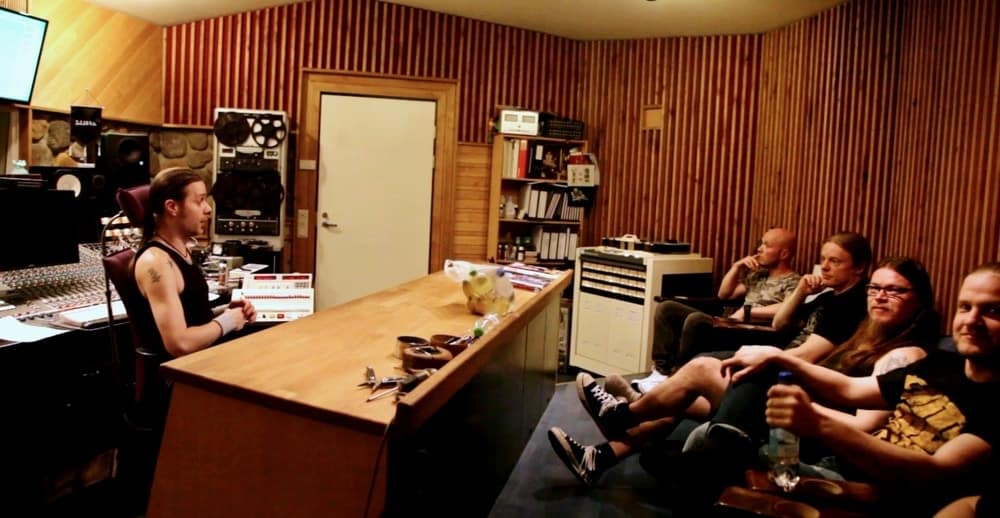
WhatsApp audio comparison
If as a sound engineer you put a lot of time and energy to the mix and the band gives you strange feedback, ask if they shared the song via WhatsApp before listening. Bluetooth can be the culprit here too, but let’s talk about that on another blog post.
So do musicians even know that WhatsApp reduces the sound quality? How many sound engineers know about this? A sound file sings more than a thousand words, so let’s listen our first sample.
Royal Max: Born in the Dark
Lets start our comparison with Royal Max band. We completed two songs in two days including recording, mixing and mastering. I recorded both the multitrack and the stereo mix on tape using analog equipment only.
Please listen using non-wireless quality headphones and without any Bluetooth. You can also use a cable connect your laptop to the stereo system. Pay attention to the cymbals and how they seem to “wobble” after being sent via WhatsApp.
The original audio sounds full and rich while the version sent via WhatsApp sounds thin and harsh. Vocals on the original seem to be in tune with more clear articulation. The version sent via WhatsApp sounds a bit more detuned especially on the pre-chorus and the lead and back vocal tracks don’t seem to match rhythmically. Does poor audio quality boost the playing and singing mistakes?
Even on the laptop speakers you can hear how the original version has more energy and seems to be more present. The snare sounds powerful without losing the edge and the chorus is big and powerful. The version sent via WhatsApp seems to sound the opposite.
The original audio format of the file is stereo wav 44.1 kHz 24 bit, length 01:11 and size 18,9 MB.
And here is the same audio file after it was sent via WhatsApp, length 01:11 and size 583 KB.
Do they sound the same to you or can you spot the difference? If spotting the difference is difficult, try listening four bars of the original and then the same four bars from the WhatsApp version. This way you can focus on short parts and it will help you notice the difference. The more you focus, the more clear the difference between the versions is.

Oliver: AILAVJUU
Let’s take another example with the radio-friendly pop/rock band Oliver. We completed two songs in two days including recording, mixing and mastering. I recorded both the multitrack and the stereo mix on tape using analog equipment only.
Pay attention to how WhatsApp compression makes the cymbals “wobble” along with eating out the energy and bigness of both the snare drum and snare reverb. The vocals seem to “wobble” especially with the letter “S” and it sounds to me that after being sent via WhatsApp the vocalist’s performance goes from energetic to very mild. WhatsApp compression eats out the facial expression and reduces the emotion of the vocalist to minimum.
On the original version we hear an energetic rock band who loves to perform. The WhatsApp version sounds like the band is struggling to both play and sing making everything sound uneasy. Yet, it’s not a different recording as the only difference is the WhatsApp audio file processing.
Please listen the samples several times. Listening two or four bars from each sample helps you to spot the difference. It’s all about the amount of focus.
This is the original file. The audio format is stereo wav 44.1 kHz 24 bit, length 01:22 and size 21,8 MB.
And here is the same audio file after it was sent via WhatsApp, length 01:22 and size 661 KB.
If this was your song, which version would you rather have your fans listen to? And if you were the artist, which version you like more when it comes to the performance, snare and vocals? If you were a fan, which version would you enjoy more?

WhatsApp video comparison
Sending audio files via WhatsApp is pretty common. Yet, another file format has audio in it and the quality gets down to a fraction unless you are aware of it. To make this demonstration more thorough I sent a video via WhatsApp application. So let’s compare both audio and video. Once again you can skip back and forth between the videos after 4 bars as it will help you spot the difference.
How Much Re-Amping Affects The Sound? video
We will use a part of the video that’s on Astia-studio YouTube channel. Here is the video in the original mp4 format; H.264, 1920 x 1080, AAC, 44100 Hz , stereo (L R), length 00:46 and size 77,2 MB. Please make sure the video quality is HD from the bottom right menu of the video. Please note that some browsers do not support streaming from GDrive. If the video refuses to play, please try with another browser.
And here is the same video after it was sent via WhatsApp. The format is H.264, 848 x 480, AAC, 44100 Hz Stereo (L R), length 00:46 and size 9,3 MB.
If you cannot hear or see the difference, please check again with maximum focus. It helps if you watch few seconds of the first video and then the same part on the 2nd video. This way you will notice what was lost.
Should you send audio and video files via WhatsApp?
WhatsApp is a nice application and a cool way to connect with people from all over the world. It’s fast and it’s free. Yet, when it comes to sending audio and video files, the short answer is: “No, you should not use it!”. I would never send any audio or video via WhatsApp.
You have great options like DropBox and WeTransfer where the quality of your audio and video is not affected. I recommend you to upload the file to DropBox and send the link even using WhatsApp if you so choose. When music is your passion, you should share that passion in its full glory and not just a shadow of it!
WhatsApp limits the video size to 16MB. Internet has advice like: “Change the extension from .mp4 to .pdf and then send it. The recipient has to change the extension back to .mp4 to view it.” to use WhatsApp and avoid the worsening. Then again I think it’s a lot less hassle when you just share the download link. When you minimize the parts that can go wrong, you will succeed more often.
The more you start paying attention to these things, the better your life gets. Small things can make a huge difference. So be careful not to let the WhatsApp algorithm ruin what you have put a huge amount of time and energy.
You now have the insight on how to send files without losing the quality. As a musician this is a great way to deliver more good stuff to your fans. As a sound engineer you know that the strange comments from the band may be caused by the sending application. You now know to avoid WhatsApp when it comes to sending audio and video files.
Read more about the huge difference between formats:
- Will VHS Be The New Vinyl? – Make A Test And Get Ready To Be Surprised
- Vinyl Records And How To Improve Enjoying Music
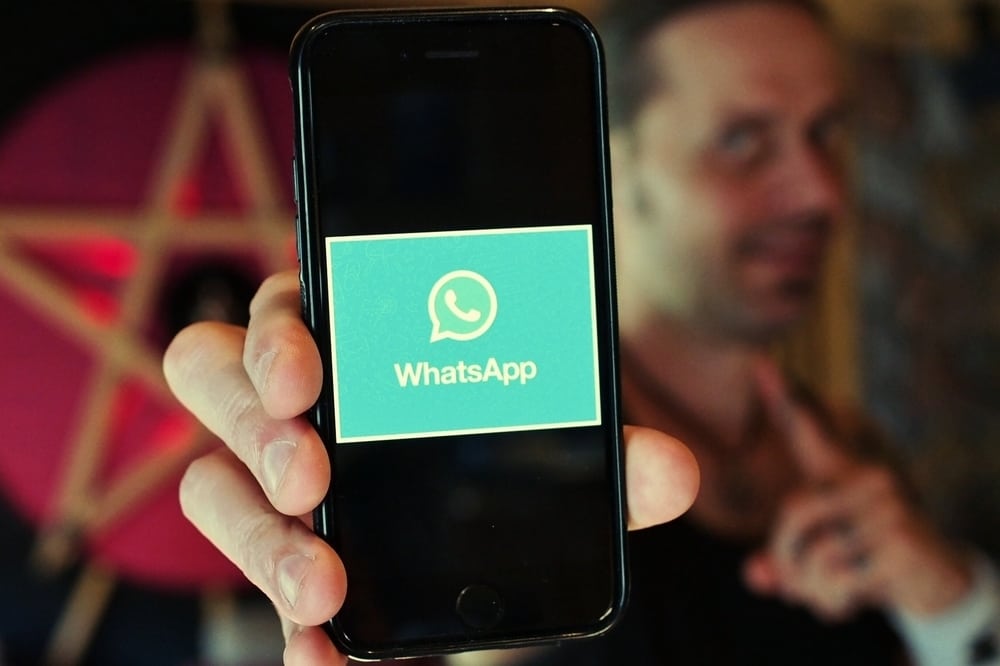
This is why you should not send audio and video files via WhatsApp
Thank you very much for spending the time to learn about the huge quality difference between audio and video quality before and after WhatsApp processing. Thank you for Royal Max and Oliver for allowing me to use these songs as an example.
If this blog post manages to save even one song from being ruined by the WhatsApp processing, it makes me very satisfied. I recommend you to test and especially pay attention to how much your music quality changes when you send it via WhatsApp. It’s been a pleasure to share with you yet another way to keep your sound quality higher.
If this post was helpful, please share it on social media. This way you will help your friends to benefit from this information too.
To learn more about the huge difference between formats, contact me privately by clicking here and let’s continue from there. Thank you very much and all the very best!
Astia-studio is a full analog recording studio located in eastern Finland with 25 years of experience. Bands and artists from all over the world including USA and the furthest corner of Russia, Vladivostok have arrived to us for tape recording sessions.
Like and follow Oliver band on Facebook, YouTube and Instagram and Royal Max band on Facebook and YouTube. Here is the link to the full video How Much Re-Amping Affects The Sound?.
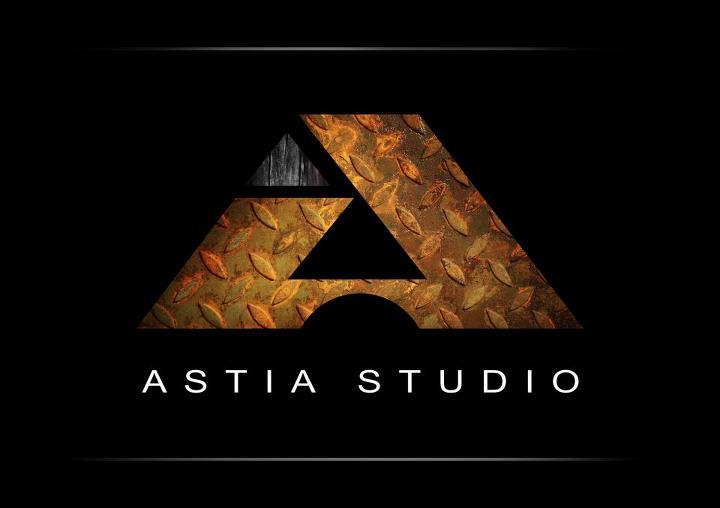
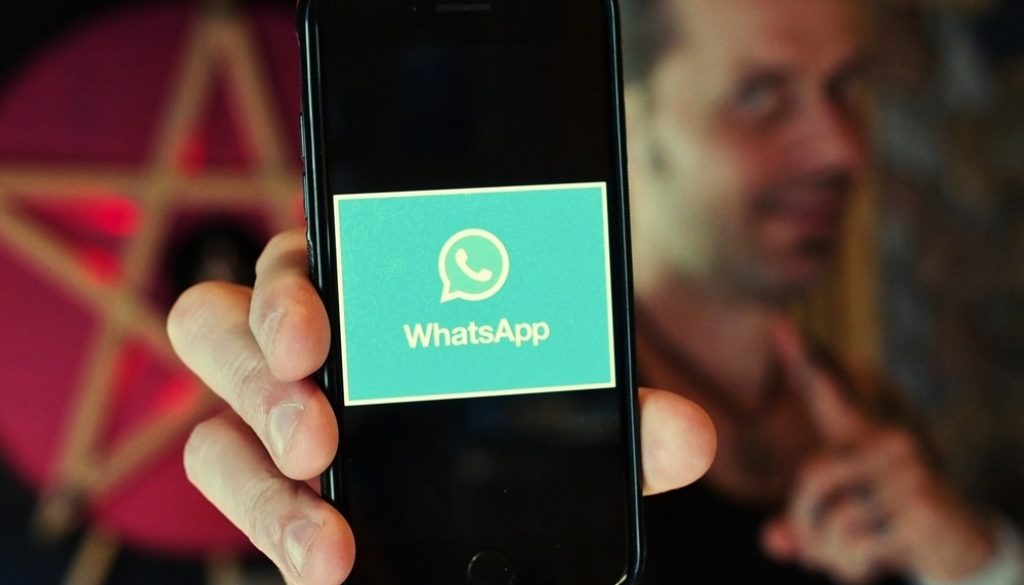
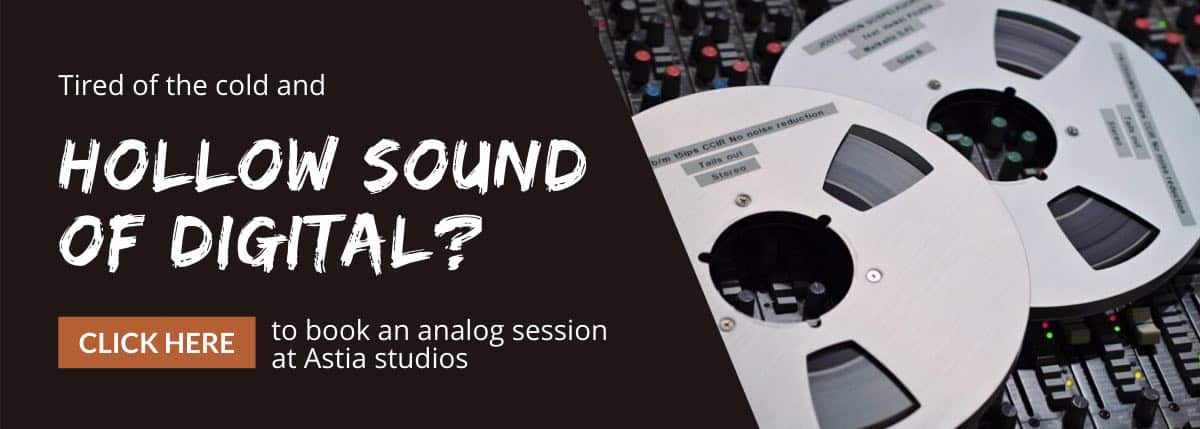

31/07/2020 @ 12:50 pm
Good article. Thanks man
03/08/2020 @ 10:42 am
Thank you very much Jimmy. ??
30/03/2021 @ 4:51 pm
This is old. Whatsapp nowadays already supports the sending of .WAV files without compressing them into .m4a files.
30/03/2021 @ 10:55 pm
Hi Gustavo and thanks for the comment. Could you please provide a link so I can update the post. It has been possible to send WAV as document without the compression, yet it would be great if WhatsApp finally supports sending WAV files.
Have a great week & all the very best.